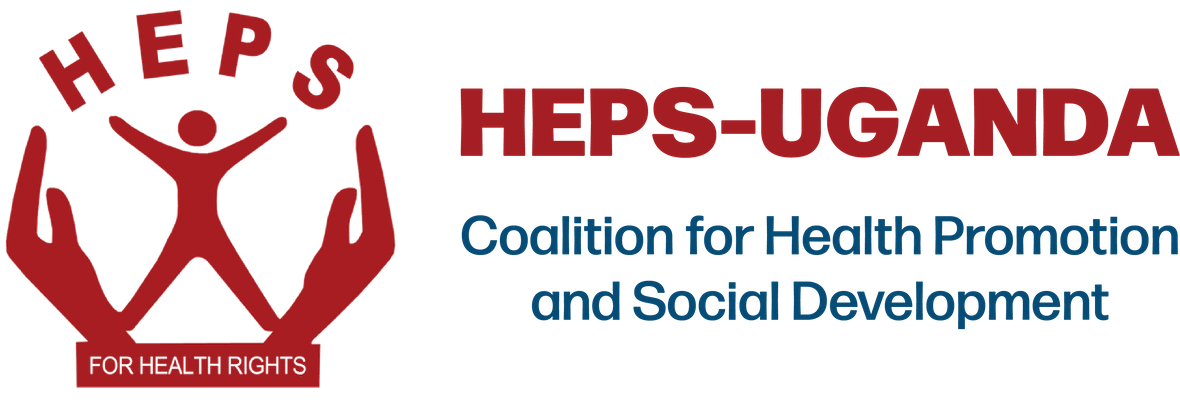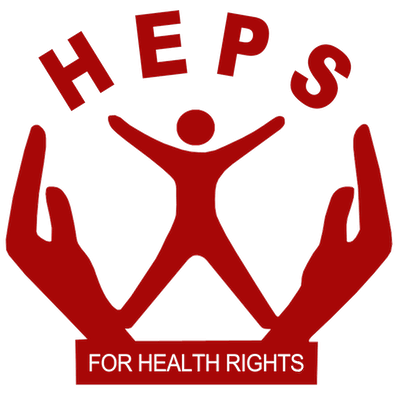HEPS-Uganda has rolled out a new pilot project in Kamuli District. The project is aiming at increasing access to medicines which prevent maternal mortality due to unsafe abortions. The project seeks to build on the success of the earlier reproductive health work HEPS-Uganda has been doing in Kamuli district, with the latest being the recently closed project which saw a rise in contraceptive accessibility among 8 health facilities in the district.
The only national estimate of abortion incidence in Uganda comes from a 2003 study that reported an annual abortion rate of 54 abortions per 1,000 women of reproductive age, or one abortion for every 19 such women. This rate is far higher than the average rate for Eastern Africa (36 abortions per 1,000 women). Unwanted pregnancies have always resulted into unsafe abortions especially by teenage pregnant young women and girls. This is attributed to a number of factors including non use of contraception, lack of information of reproductive health choices among others.
HEPS-Uganda aims at supporting the drive to lower maternal mortality in Uganda as envisaged in the National plan on Reproductive, Maternal, Newborn and Child Health (RMNCH), a promise renewed by the national road map for RMNCH and the Coalition to Stop Maternal Mortality due to Unsafe Abortion (CSMMUA). This will be through improvement of sexual reproductive health and rights especially for marginalized women and youth of reproductive age. The project will initiate community dialogue between service providers and community leaders to increase access to essential medicines and commodities for sexual reproductive health. It is expected to pilot community engagement, empowerment and advocacy on unintended pregnancies, family planning use to counteract maternal mortality in Uganda.
The Community Scorecard (CSC) tool will be used to engage the communities in Kamuli district to identify the top maternal health challenges and implement necessary interventions. The CSC is a qualitative tool used for community level monitoring and performance evaluation of services, projects and government administrative units. It has been used before in the same district with considerable success.
The CSC provides perceptions of healthcare users and providers and the actions taken to address prioritized service delivery concerns.
The pre-inception visit to Kamuli district was conducted and five sub-counties were visited between 19th and 24th September 2016. The purpose of the visit was to introduce the project to the district and sub-county leadership and agree on mechanisms of implementations of the project. In Kamuli, the project team which comprised of Executive Director, Monitoring and Evaluation Officer, two Project Officers and Project Assistant met with district officials who welcomed the project and gave support letters to introduce the team and project to health facilities at sub –county level. The sub-counties for operation of the project are; Balawoli, Wankole, Kitayunjwa, Namwendwa, Bugulumbya.
The DHO, Dr. Aggrey Batesaki welcomed the team and new project and appreciated the work of all previous HEPS projects in Kamuli, although he is relatively new in his position. He promised full cooperation and appreciated the project objectives. He acknowledged that there are many cases of teenage pregnancies leading to maternal deaths in the five sub-counties selected. He also encouraged HEPS-Uganda to engage other development partners in the district and his office whenever needed.
The Assistant DHO agreed to share data on statistics of maternal and teenage pregnancies in particular and procurement plans for different health facilities in the district.
The HEPS-Uganda team also met with the In-charges of the health facilities in the five sub-counties where the project is going to focus. The in-charge of Lulyambuzi highlighted that teenage pregnancy is very high and noted that the leadership was at the time following a case of a 15 year old girl who had been impregnated but her family had decided to settle the issue after being paid by the accused. He added that such cases are rampant in their communities. In the same sub-county, the team was informed that many mothers register for antenatal care but do not deliver at the facility opting for traditional birth attendants.
District officials promised to take part in the community trainings and meetings planned for January 2017.







